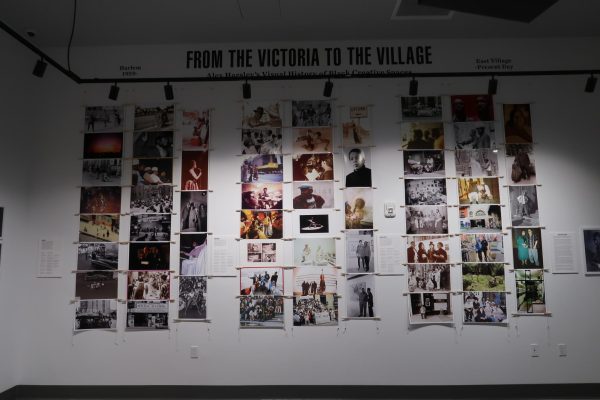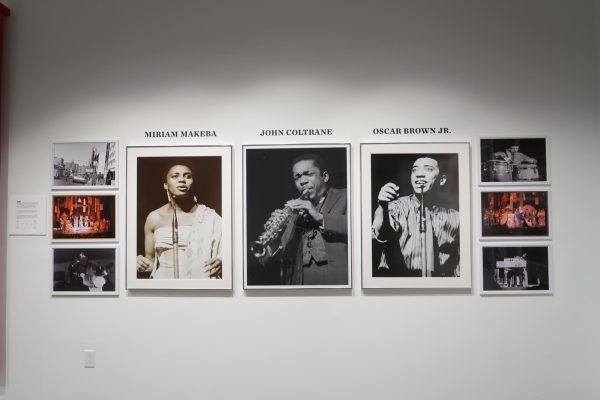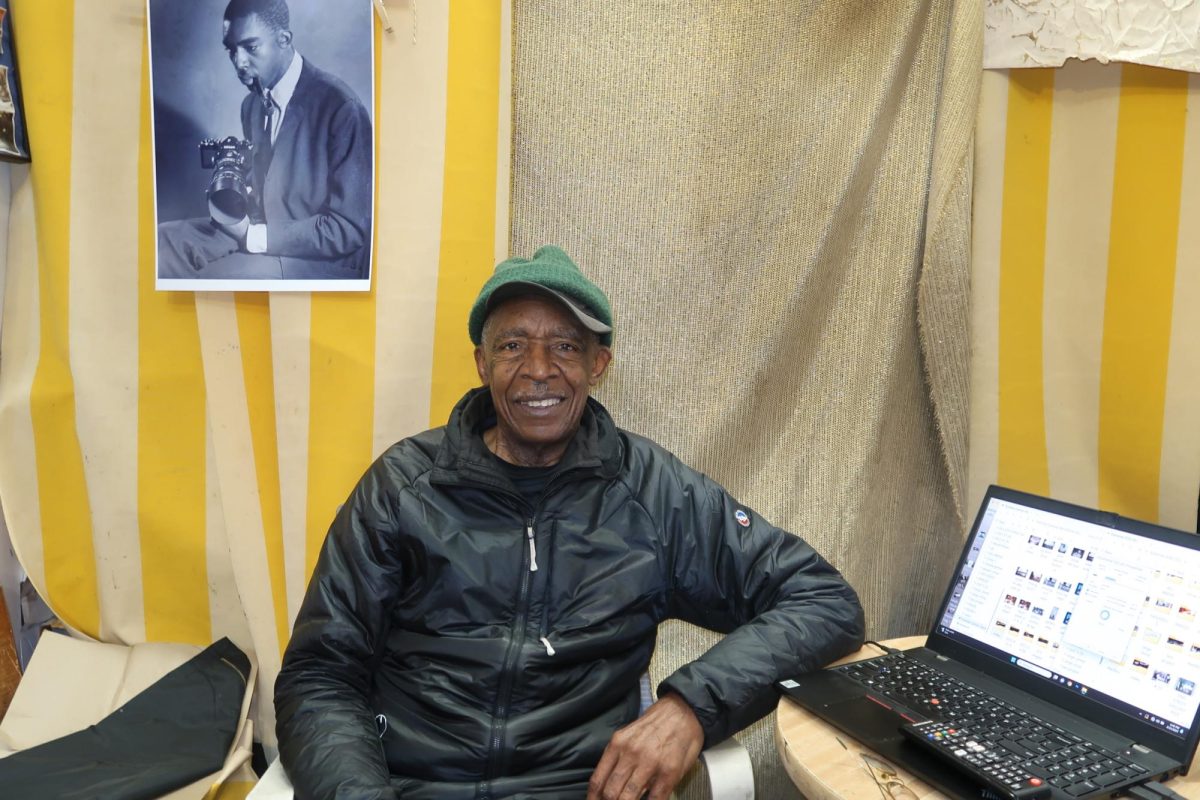The 4th Street Photo Gallery, located in the heart of the East Village at 67 E. Fourth St., is a small space with a rich history. The founder and photographer Alex Harsley has decades of experience capturing the essence of Black pride and excellence in New York City, with the gallery’s collection showcasing photos of figures such as Malcolm X and Jean-Michel Basquiat.
Harsley was born in 1938 and has lived through nearly a century of political and social movements, allowing him to accurately portray the Black experience through his work. His 65 years of dedication to his art form demonstrates his desire to keep the culture alive.
Harsley was confronted by a new world of possibilities after moving from South Carolina to New York City as a child.
“I used to go shopping on 125th Street for record albums during the vinyl era,” Harsley said in an interview with WSN. “A person there was interested in photography, and I had a camera. So he allowed me to have a show in a storefront that was a photography place back in 1959.”
That was the first time the world had the opportunity to view Harsley’s art, and his career only rose from there. He soon made history by becoming the first Black photographer for the New York City District Attorney, after which he photographed many Black politicians like Shirley Chisholm, the first Black woman in Congress. In addition to taking portraits of influential figures, he captured other moments, such as the filming of “The Godfather Part II”.
“I come from a place where there were no opportunities,” Harsley said. “I created my own opportunities for myself. Through faith and gifts and everybody else looking after me, I was able to get up to this level here, but not without their help.”

Harsley values the community he created in New York City. His gallery became a hub for the growing minority photography community in the city known as “the Black barbershop of photography.” His ability to connect with others and tell a story is what makes Harsley’s photography collection shine.
“When I started doing journalism, somehow, I acquired an ability to look into other people’s things, understand and come out with some sort of reasoning,” Harsley said.
This natural ability coupled with decades of dedication is how Harsley came to have such an impact on his community and live the life he does now.
“This is the content I’ve created out of years and years and years of work,” Harsley said. “It’s like being a workaholic and enjoying what you’re doing. And you do it until you just flop and you wake up the next morning and keep on going.”
After being in the business for so long, Harsley is comfortable with the life he has created for himself. Harsley’s daughter, Kendra Krueger, assists with the upkeep of the gallery and more recently with setting up his new exhibition at the Victoria Theater in Harlem.
“She grew up in this gallery,” Harsley said. “She knows more about what I was doing than I know because she remembers all of that. She’s seen me putting up shows. So when it comes time for her to do it, it’s automatic.”

Although Harsley sells his art to make a living, he has reached a point in his life where he prioritizes creating meaningful content for his own enjoyment.
“If I’m gonna put up a show, I’m gonna put up the most ridiculous thing I could come up with,” he said. “I do statements now not about art, you know, to be able to put something up on the wall without worrying about selling it.”
Harsley’s gallery is one of the many pieces that make up the rich culture of the East Village. Located only blocks away from many NYU buildings, the gallery is easily accessible to students who want to immerse themselves in the history of where they reside.
“When it comes to all of this, I’m the epitome of Black history, far outside of what people consider to be Black history,” Harsley said. “I consider myself the best photographer in the world, especially when it comes to who I am, what I’m all about, what I’m coming from.”
Beyond his gallery on East Fourth Street, Harsley’s newest exhibition “From The Victoria to The Village: A Visual History of Black Creative Spaces” is running now through April 30 at 233 W. 125th St. on the first floor.
Contact Maya Randolph at [email protected].


























































































































































